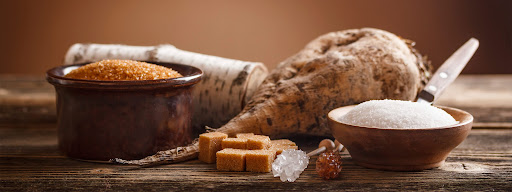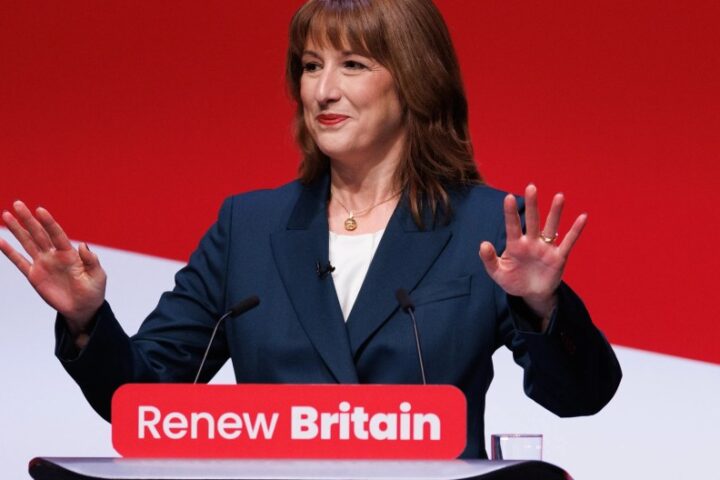Analysis: There are complex reasons for the 36% increase in grocery prices in the last four years and that’s unlikely to change any time soon
Over the past four years, the price of a basket of groceries has risen by around 36%. In comparison, the Consumer Price Index (CPI) rose by 21% over the same period. This disparity reinforces the perception that food prices are rising faster than the broader cost of living. After all, CPI does account for the broader consumption of goods and services by Irish citizens. So, what has driven this increase? And are prices likely to fall, or rise even further?
Ireland has unfortunately seen a perfect storm for businesses across the country, where virtually every factor of production has seen a dramatic increase in price. These price increases can be explained by both domestic and international developments in trade, which define today’s market for goods.
From RTÉ Radio 1’s Morning Ireland, Cian McCormack reports on the soaring price of groceries
If we look at labour costs, for example, the minimum wage in 2021 was €10.20 per hour. Today, that amount is now €13.50, an increase of 32%. That is before we consider some employers that decide to pay the living wage, or the impact that an increase in minimum wage has across all hourly wage workers expecting a corresponding increase, as well as extra pay for Sundays and bank holidays. In this instance, an employer may choose to absorb the significant cost, shorten opening hours, roster fewer employees or pass on the increased costs. Each of which will impact the consumer in some aspect of their experience.
Then, there is the cost of running a business beyond labour. These include commercial rates, rent, insurance, electricity and heating. Since 2021, we have seen huge variance in electricity and heating costs due to turmoil in international markets. However, electricity prices are now nearly 37% higher than during the peak of 2023. Additionally, there is no let-up in the cost of insurance or rent.
Many Government supports, payments and grants introduced to help businesses manage energy costs are now ending or set to phase out. At the same time, local councils are reinstating commercial rate collections, which had been relaxed in recent years.
From RTÉ Radio 1’s News at One in 2023, Government warned against price controls on groceries
From what goods end up in our basket to the price paid for ingredients, the market for goods is also more global than we realise. Many goods that we purchase regularly are heavily traded on commodities markets and impact the price we pay at the tills. This was a common discussion over the past few years as Ukraine was responsible for the production of 10% of all of the world’s grain. But we can also observe that orange juice prices have increased by 150% since 2021, having peaked at over a 400% increase. Coffee is priced about 200% higher than 2021 and will begin to make daily coffees an ever rarer and more expensive luxury.
Cocoa is among the most heavily affected commodities, with prices nearly double what they were in 2021. In response, some producers have turned to cost-cutting measures such as substituting cocoa with soya. There is also “shrinkflation”, where products are reduced in size but the price remains the same, a practice which is widely disliked by consumers, particularly during high-demand seasons like Christmas and Easter.
But what exactly drives these prices to increase so much? For the most part, it is simply supply and demand. In many instances, the supply is being severely hampered by the increased impact of climate change leading to lower yield, disease in the crop or even destroyed harvests. There is also concern over the global supply chain, with increased geopolitical instability and the potential impact of a global trade war. However, even domestic production costs are not immune, with increased fertiliser cost and high fuel prices.
From RTÉ Radio 1’s Morning Ireland, food prices in Ireland remain high in an international context according to the Competition and Consumer Protection Commission
In many ways, the Irish consumer has been relatively protected from excessive price increases due to healthy competition between Ireland’s main supermarkets. Consumers willingly substitute one supermarket for another, and this incentivises rewards schemes, promotional pricing and loyalty programmes to maintain market share. While many would think that supermarkets make healthy profits, in reality they operate on razor thin margins. Most of these companies do not report data publicly, but we can see from the accounts of the Musgrave Group that their profit margin is around 2%, while Aldi is less than 1%.
So will grocery prices fall any time soon, or continue to rise? The answer, unfortunately, is complex. While some global pressures may ease, others, such as climate change, labour costs, and geopolitical uncertainty, are likely to persist. The combination of local resilience and global volatility means that significant price drops are unlikely in the short term. For now, consumers may need to adapt to this new normal, while businesses and policymakers grapple with how best to balance affordability, sustainability, and economic viability in the face of ongoing challenges.














